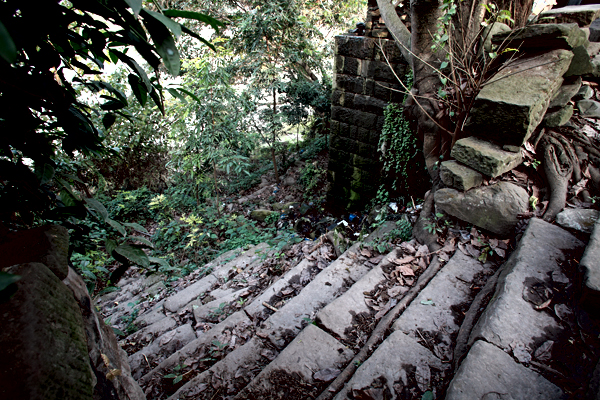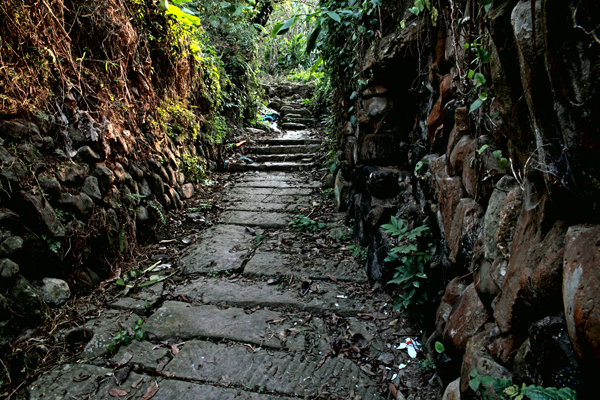The Relics of Mahufu in Suijiang County, Zhaotong
Chinese Name: 绥江县马湖府遗址
English Name: The Relics of Mahufu in Suijiang County, Zhaotong
Location and Historical Background
The Relics of Mahufu are located in Nanan Village, Nanan Town, Suijiang County, on the second terrace south of the Jinsha River in Zhaotong City, Yunnan Province. Established in the 13th year of the Zhiyuan era (1276) during the Yuan Dynasty, Mahufu is recognized as the earliest known Tusi (native chieftain) manor in Yunnan. In 1994, the Suijiang County People’s Government declared it a cultural relic protection site. Situated within the inundation zone of the Xiangjiaba Hydropower Station, a survey and archaeological excavation of Mahufu was conducted between March and May 2012 to preserve its valuable historical and cultural heritage.
Archaeological Excavation
The archaeological work started with a field survey and interviews within an area of approximately 25,000 square meters. This was followed by a comprehensive trench exploration using the probing trench method, focusing on key areas where relics were found. A total of 41 trenches were excavated, covering a length of 740 meters, with an expanded excavation area of around 5,000 square meters.
Findings
The excavation unearthed various relics, including roads, buildings, and stone retaining walls:
- Roads: Four ancient roads were identified. One is known as the “Old Official Road,” a section of the ancient major road along the right bank of the Jinsha River. Three additional roads run north-south, leading to the riverbank wharf. However, all four roads were found to be incomplete and discontinuous.
- Buildings: Most of the existing structures are modern brick and concrete, but there are a few examples of rammed earth, stone-wood, and brick-wood constructions. Some of these are believed to date back to the Yuan, Ming, and Qing dynasties. Notable buildings on the first terrace include the “Lu Family Ancestral Hall” and the “Lu Family Residence,” both Qing-era structures built with stone and wood.
- Stone Retaining Walls: Numerous retaining walls were discovered, primarily constructed from irregularly stacked stones. Two sections of more substantial retaining walls, each about 3 meters high, were built entirely from regular stone blocks and are believed to date back to the Yuan and Ming periods.

Artifacts
The majority of unearthed artifacts consist of Ming Dynasty blue-and-white porcelain fragments. Other items include small numbers of copper hairpins, copper ear scoops, iron arrowheads, and coins from the Ming and Qing dynasties, indicating a flourishing period during those times. A notable find is a square-shaped copper seal, although its inscription is difficult to decipher. Scattered artifacts on the surface include elongated stones, stone carvings, and perforated stone mortars.
Significance of Mahufu
Mahufu was one of the Tusi manors during the Yuan Dynasty in Yunnan. Previously, knowledge about Tusi manors was limited. The archaeological findings at Mahufu provide valuable insights into the layout and characteristics of ancient Tusi manors, offering crucial information for studying the history of these manors in Yunnan.
Conclusion
The Relics of Mahufu in Suijiang County serve as a significant site for understanding the cultural and historical landscape of Yunnan during the Yuan, Ming, and Qing dynasties. The site not only offers glimpses into the region’s ancient architectural styles and living conditions but also holds artifacts that reflect the area’s historical prosperity. The findings from Mahufu have great value for researchers studying the history and culture of the Tusi system in Yunnan and southwestern China.














